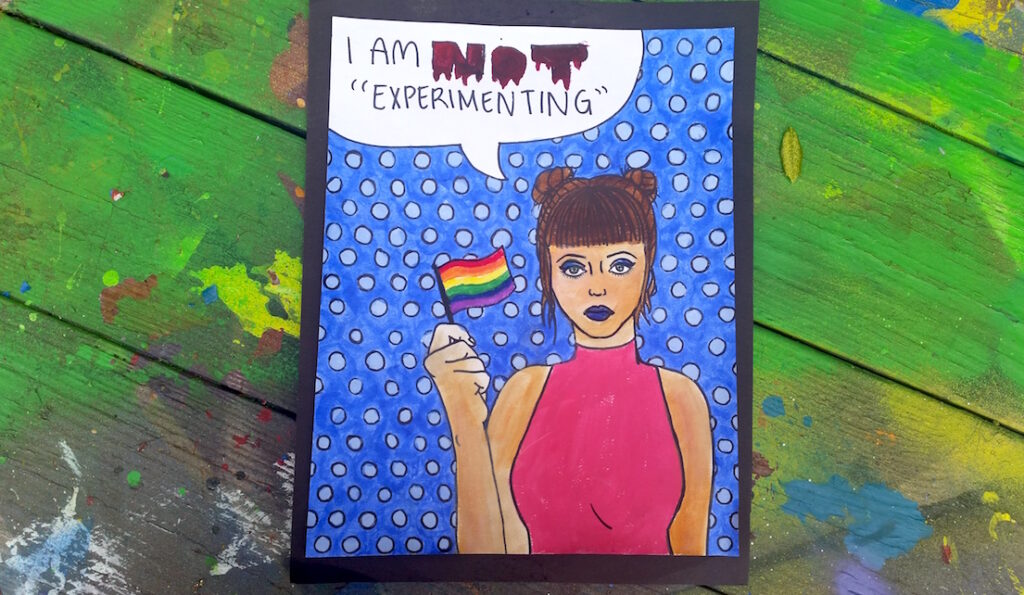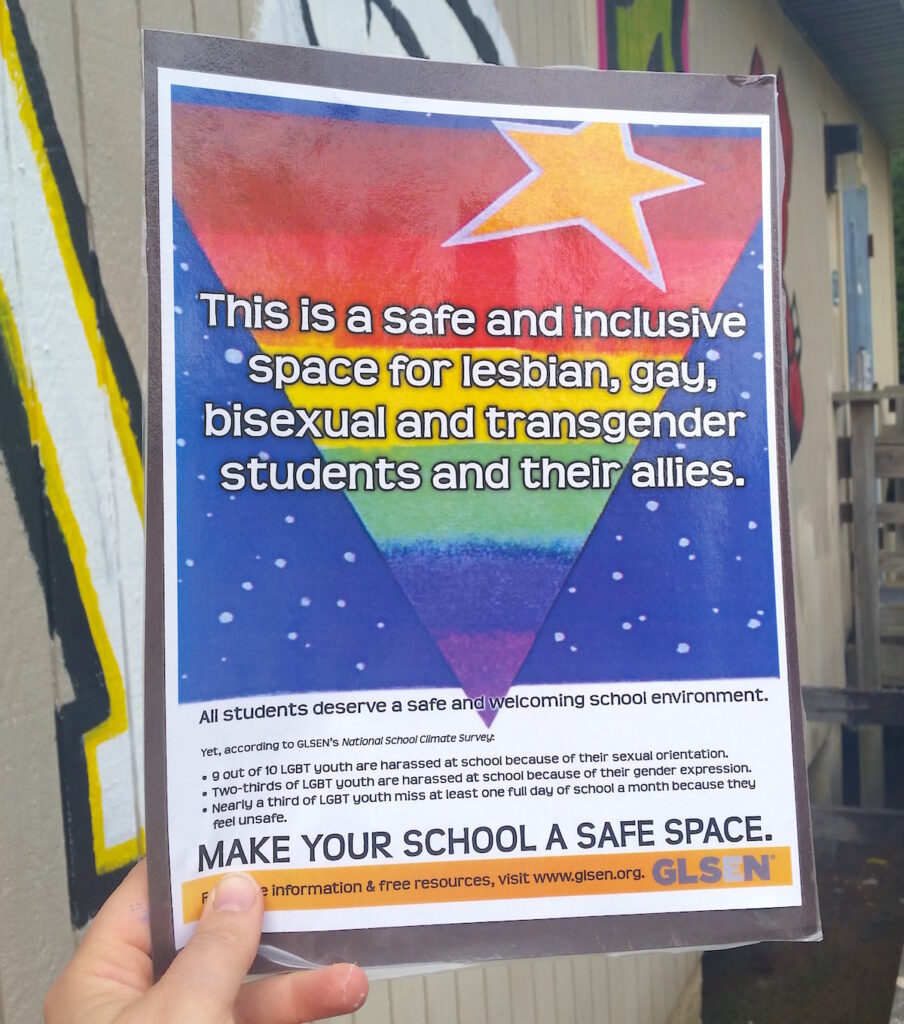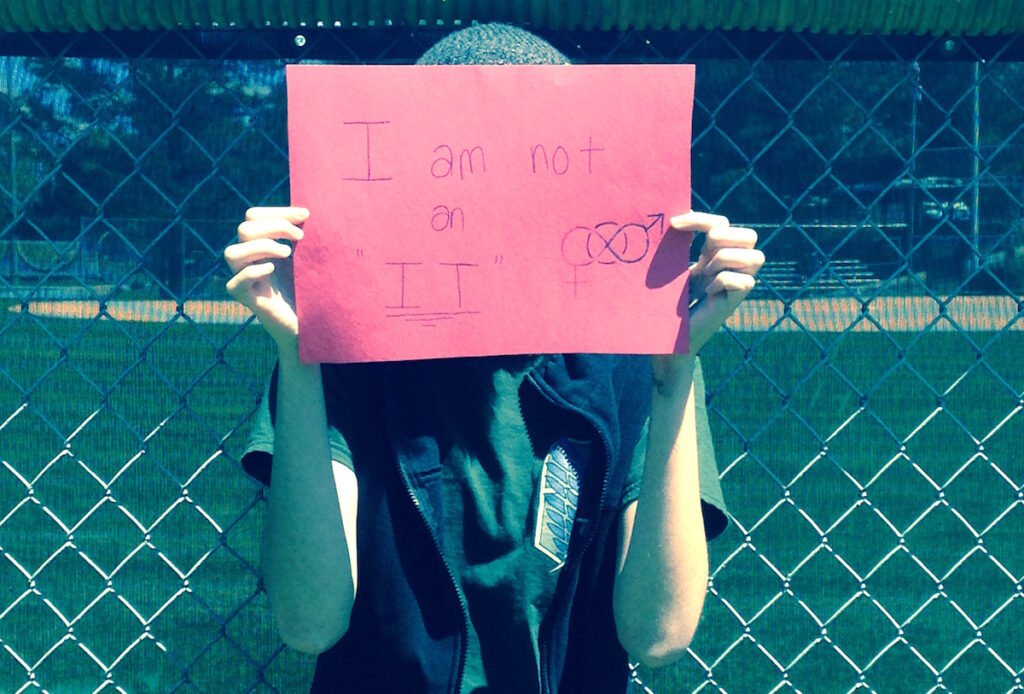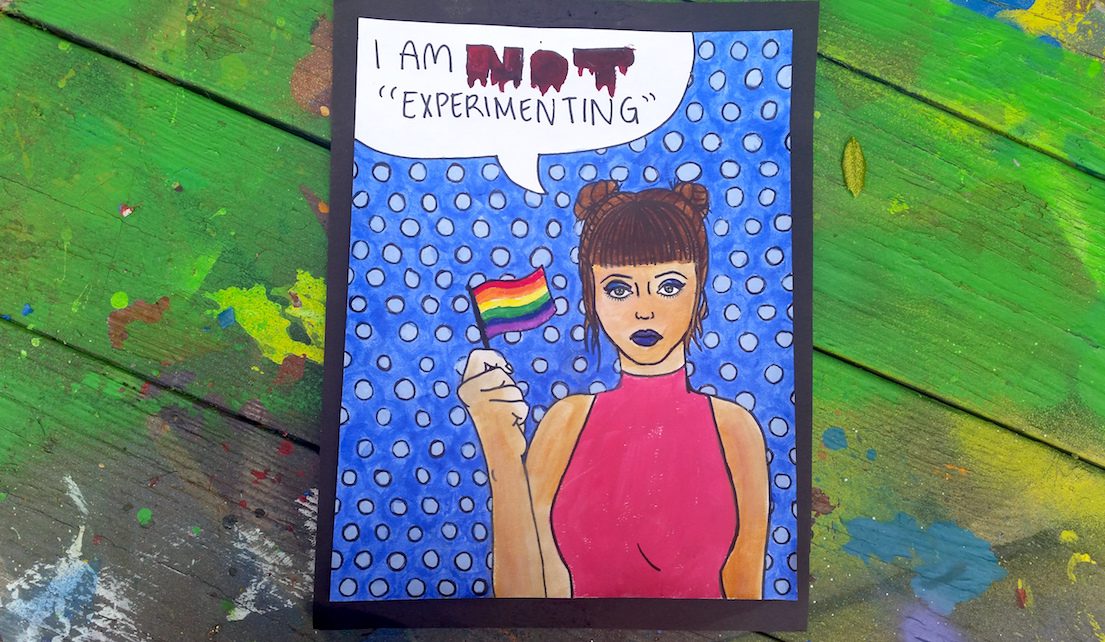There’s no sugar-coating it: school is hard for LGBT students. In some ways, it may seem like our culture is more tolerant than in the past, but bullying, depression, and suicide continue to affect LGBT teens disproportionately.
We know more than ever about the difficulties they face, due to the findings of a ground-breaking survey conducted by the Human Rights Campaign that was published this year. The survey, which included more than 10,000 13 to 17 year-olds, found the LGBT youth were two times more likely than their peers to experience violence at school. Plus, a staggering 92% reported hearing negative messages about being gay. Tragically, these students are also four times more likely than their peers to attempt suicide.
The fact that LGBT kids need our support is indisputable.

As teachers, there are many concrete things we can do to help make school feel safe and inclusive for all students. I wondered what specific things I could do to make school easier for kids who identify as something other than straight, so I asked my high school students. Here is what they told me.
Three Ways to Support LGBT Students
1. Post a Sign.
“It’s the first thing I look for when I enter a classroom,” said one of my Art 1 students. “I always wonder in a new class, can I be me or do I have to pretend?” Safe Space posters show LGBT students that your room is just that – a place that is safe for them. The signs are part of the Safe Space Kit, created by GLSEN (Gay, Lesbian & Straight Education Network), a group founded by teachers that works to make schools better for LGBT kids.

GLSEN Safe Space Kits include information for teachers about LGBT issues, tips for advocacy, and Safe Space posters. They can be purchased for a low price or downloaded for free from the organization’s website. Hanging a poster signals to kids that you are accepting of their identity and that they can talk to you about issues like bullying.
You can download your own safe space poster by clicking here.
2. Make the First Day Easier.
The students that I talked to referred to the first day of class as “the day of reckoning” for transgender kids. Imagine the discomfort for a child who goes by “Josh” to his peers waiting for his given name, “Jessica,” to be read when roll is called. What we effectively do on the first day during attendance is out trans kids to the entire class.
Instead of taking attendance immediately on the first day, try giving kids an opportunity to make any needed corrections first. This should be offered to all students and will include things like nicknames. Just get the class working on a first-day activity, like a student inventory, and then ask anyone who needs to make changes to what appears on the class list to come see you. Make it a point to record and remember what students prefer to be called and, if they ask, what pronouns they would like you to use.

3. Control Your Classroom Climate.
Words matter deeply. Setting a positive climate in your classroom starts with words. Explain to your students that everyone is to be treated with fairness and respect. Then model the behaviors you expect and call kids out when they fall short by directly naming what they did and suggesting what would work better. It’s important to be confident and polite when doing this. Practicing what to say in possible scenarios helps!
Here’s an example:
Kid: “Dude, that’s so GAY!”
You: “When you call things that you don’t like ‘gay’ it sounds like you are saying being gay is bad. It’s important to me that you treat everyone with respect. Could you please use a different word next time?”
When you set and enforce expectations for the type of language that is acceptable in your class in a way that’s fair, all students will feel safe. Consistency is important. This model also works well for responding to sexist or racist comments.
The Takeaway
As teachers, we have immense power to influence our students’ lives. All students should feel welcome at school, regardless of race, income level, gender identity or sexual orientation. LGBT students need our help and support just like other groups do. Download a free Safe Space Kit, read it, and hang a poster in your room. Model acceptance and tolerance. It will make your classroom a better learning environment for all your students.
How do you support LGBT students in your classroom?
Do you have any good strategies to share?
Magazine articles and podcasts are opinions of professional education contributors and do not necessarily represent the position of the Art of Education University (AOEU) or its academic offerings. Contributors use terms in the way they are most often talked about in the scope of their educational experiences.





